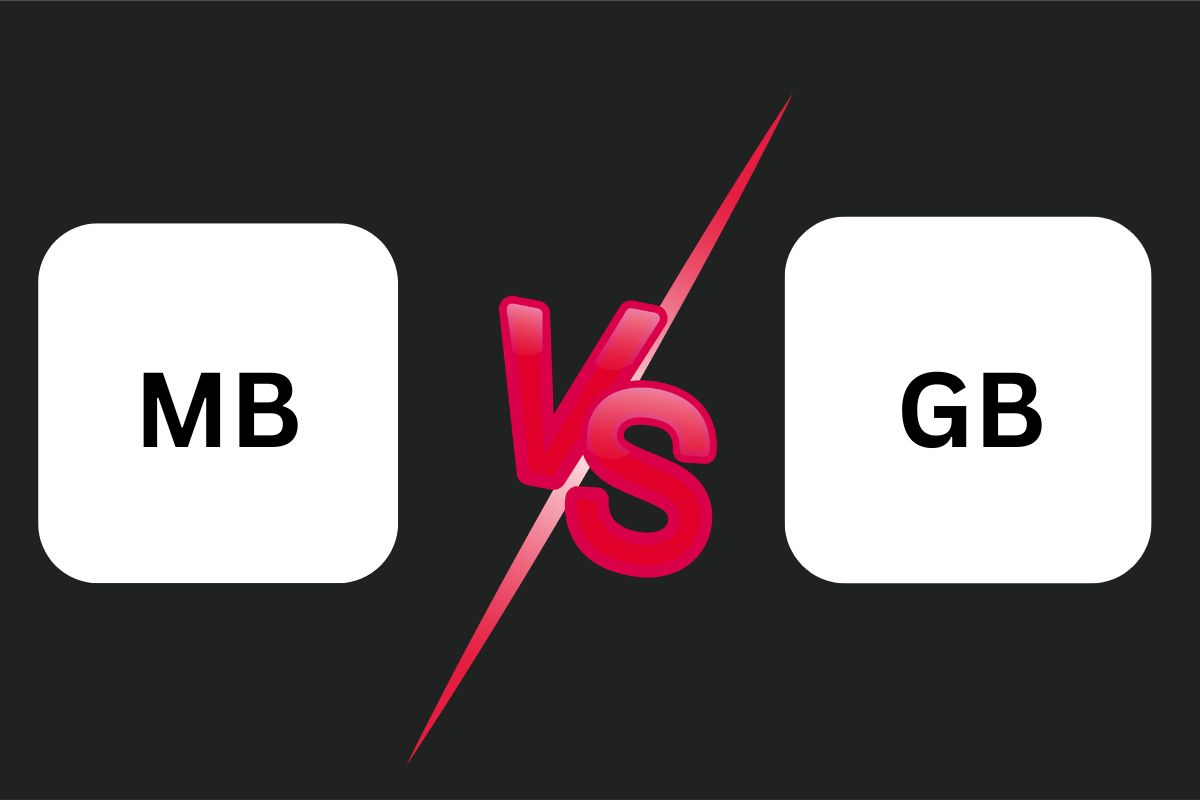In the realm of digital technology, two terms hold significant weight: MB (Megabytes) and GB (Gigabytes). While seemingly simple, the distinction between these units often eludes many users, leading to confusion and misunderstandings. Yet, beyond mere confusion lies a more profound implication: the digital divide. In this article, we will delve into the intricacies of MB vs GB, unravelling their significance in today’s interconnected world and exploring how this understanding can bridge the digital gap.
The Basics: What are MB and GB?
To comprehend the essence of MB vs GB, one must grasp their fundamental definitions.
- Megabyte (MB): A megabyte is a unit of digital information storage that represents roughly one million bytes. It’s commonly used to quantify the size of files, documents, and digital media such as photos, music, and videos.
- Gigabyte (GB): A gigabyte, on the other hand, is a unit of digital information storage that equals approximately one billion bytes. It is often used to measure larger data sets, such as software applications, high-definition videos, and extensive databases.
Understanding the Difference
The disparity between MB vs GB lies in their magnitude. While both are units of digital storage, GB encompasses a significantly larger quantity of data compared to MB. To put it into perspective, consider this analogy: if a megabyte is a drop of water, then a gigabyte is an ocean.
For instance, a typical MP3 music file might be around 3-5 megabytes in size, while a high-definition movie could easily exceed 1 gigabyte. This difference becomes even more pronounced in modern contexts, where data-intensive applications, large-scale multimedia content, and expansive datasets are ubiquitous.
The Significance of MB vs GB in Daily Life
The distinction between MB vs GB has tangible implications for everyday digital activities. Whether it’s downloading files, streaming media, or managing storage space, understanding the difference between these units is crucial for making informed decisions and optimizing digital experiences.
Consider a scenario where an individual is downloading a series of files totalling 10 GB in size. In this context, knowing that 1 GB equals approximately 1000 MB allows the user to estimate the time and resources required for the download accurately. Without this understanding, they might underestimate the task’s magnitude or encounter difficulties due to insufficient storage capacity.
Bridging the Digital Divide
Beyond its technical nuances, the MB vs GB dichotomy intersects with a broader issue: the digital divide. This term refers to the gap between those who have access to digital technologies and those who do not, encompassing disparities in internet connectivity, hardware availability, and digital literacy.
Understanding MB vs GB plays a pivotal role in addressing the digital chasm. By empowering individuals with knowledge about digital storage units, we can enhance their digital literacy and equip them with the skills needed to navigate the digital landscape effectively. Moreover, bridging the gap between MB vs GB comprehension can foster inclusivity and accessibility in the digital realm, ensuring that everyone can participate and benefit from the opportunities afforded by technology.












